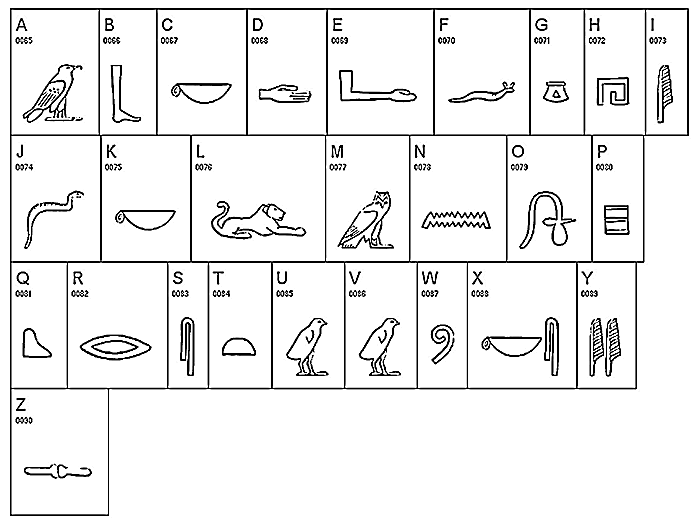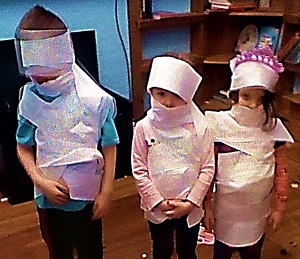 Art Around the World
World Art
Art Around the World
World Art


 Art Around the World
World Art
Art Around the World
World Art

Study the artwork for one week.
Over the week:


Activity 1: Can You Find It?
Find the following in the artwork:

Activity 2: Narrate the Artwork
Activity 3: Complete Vocabulary Activities
Activity 4: Translate Hieroglyphics
Use the table below to translate the following secret hieroglyphic messages into English:




Activity 5: Become a Mummy
Use toilet paper to wrap yourself like an ancient Egyptian mummy.
